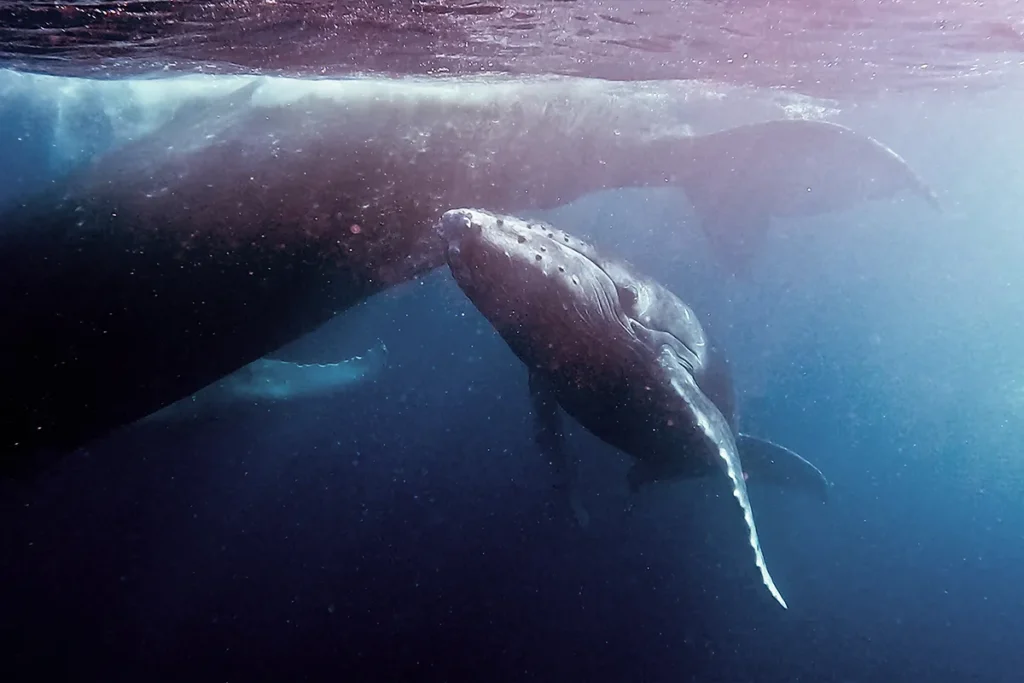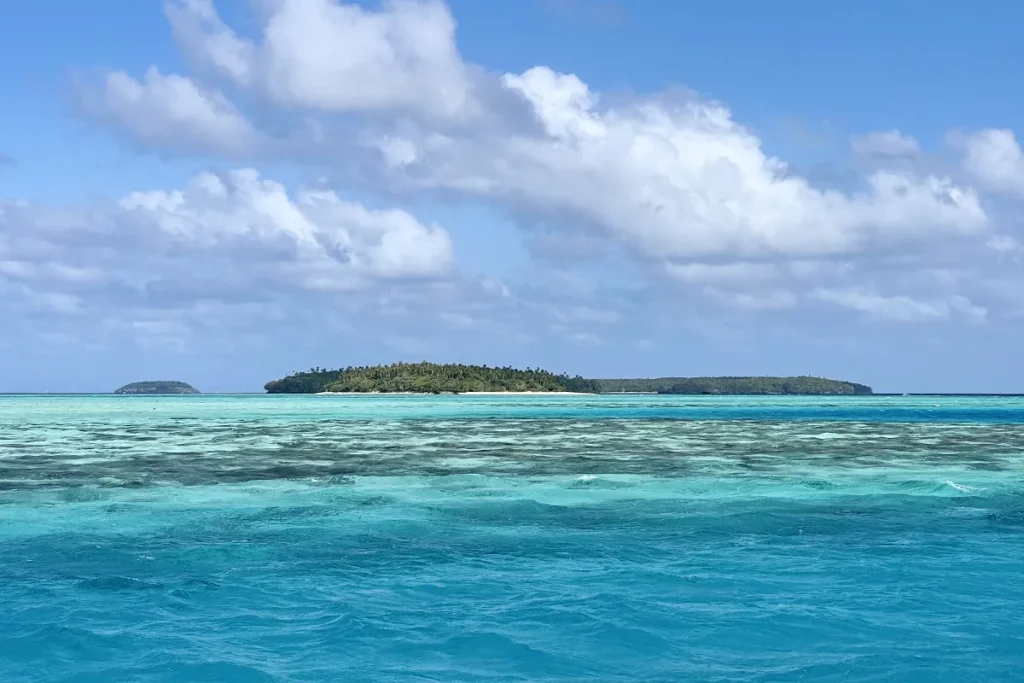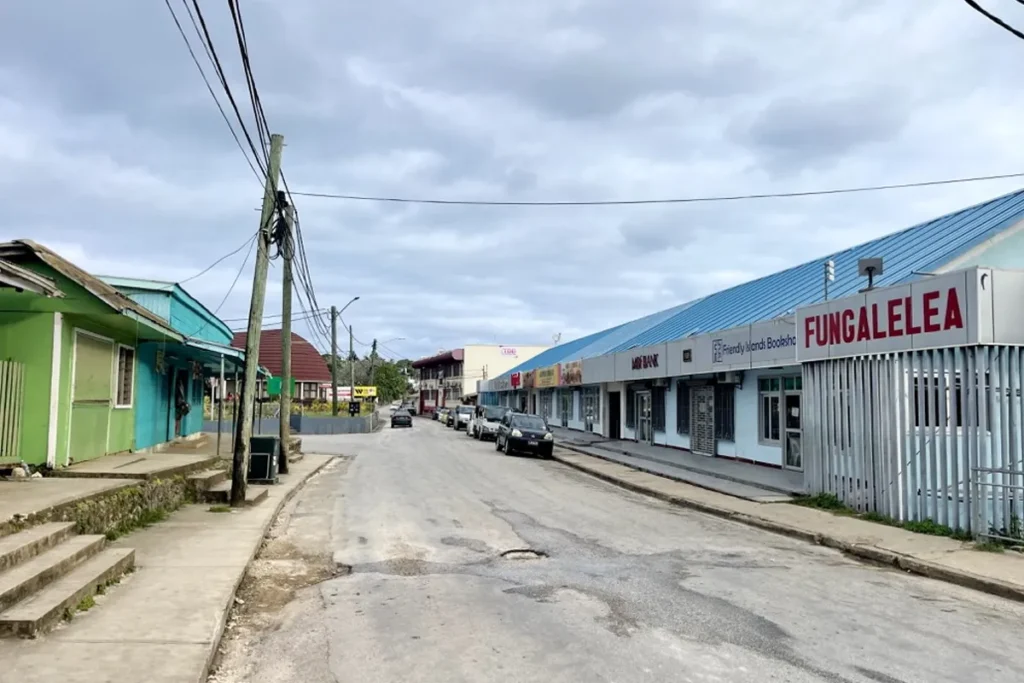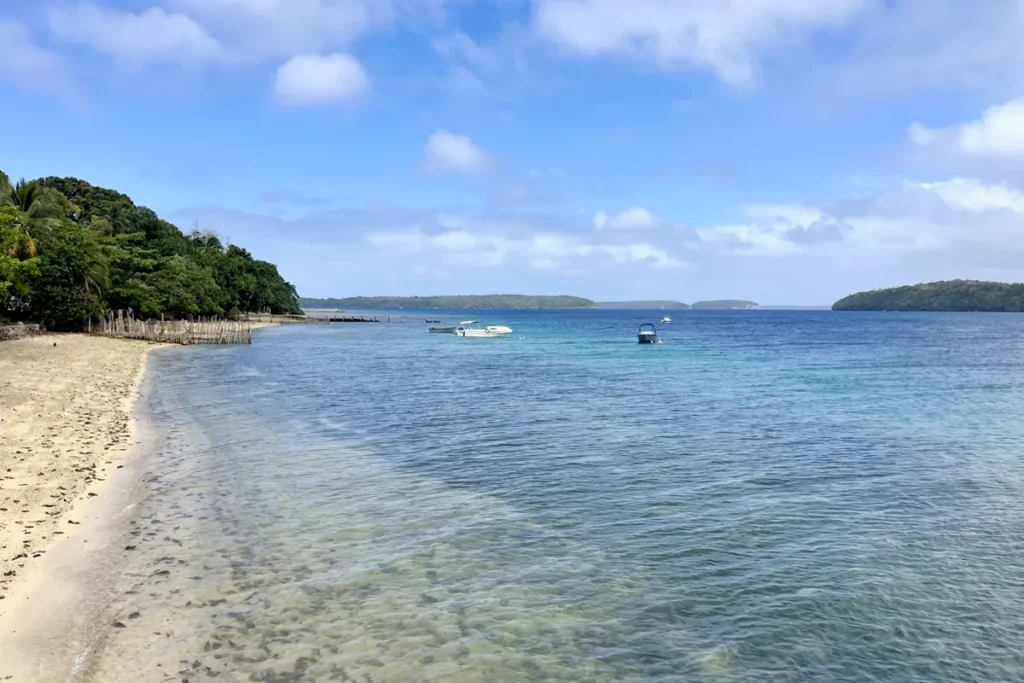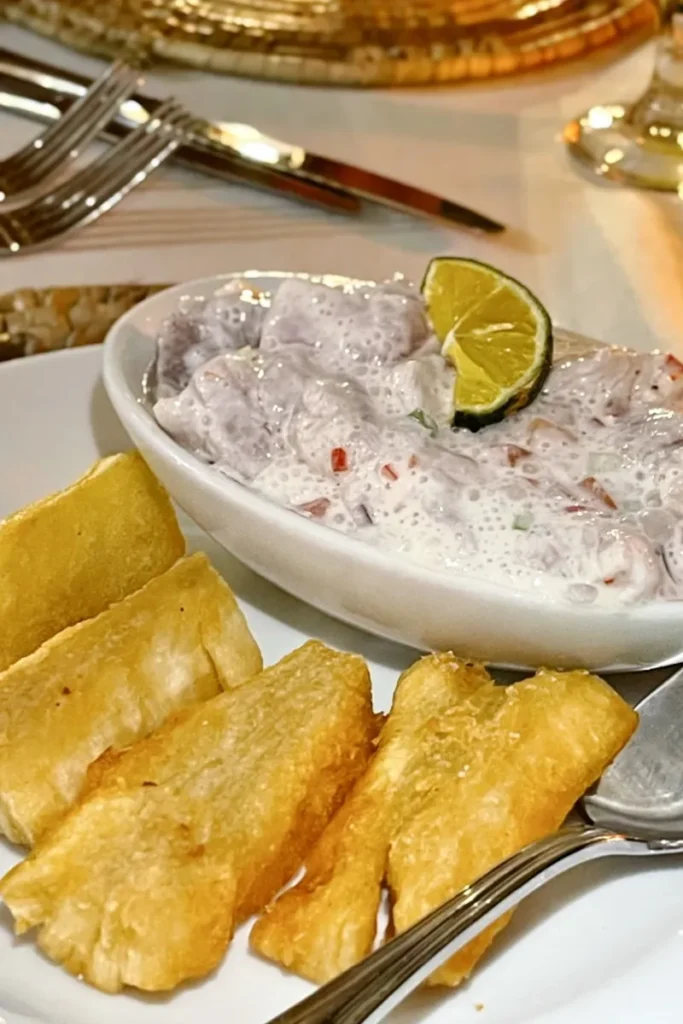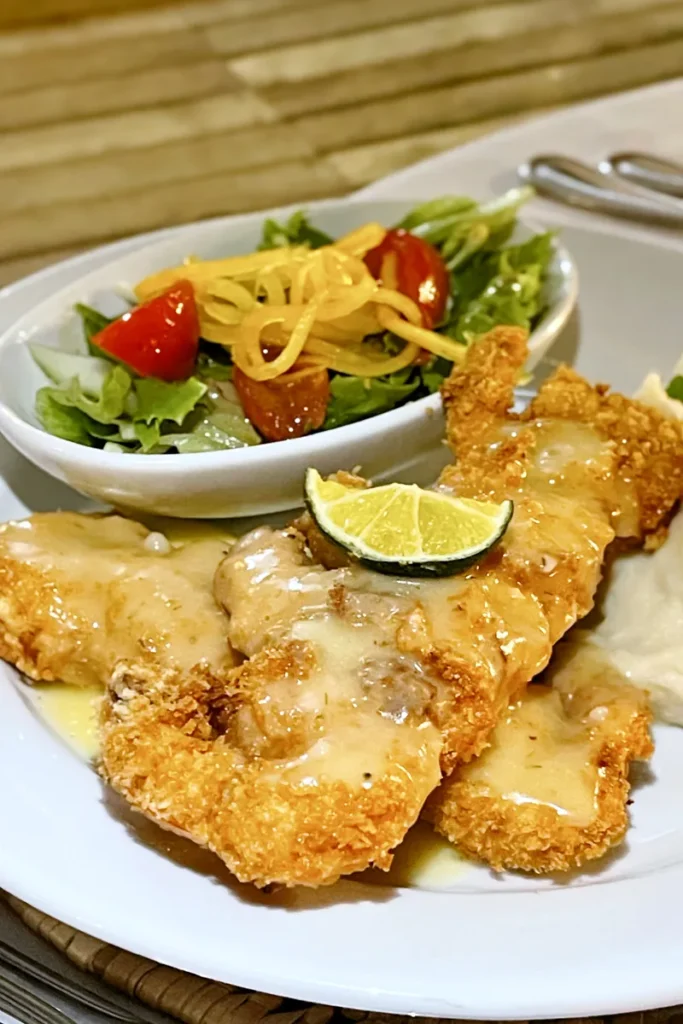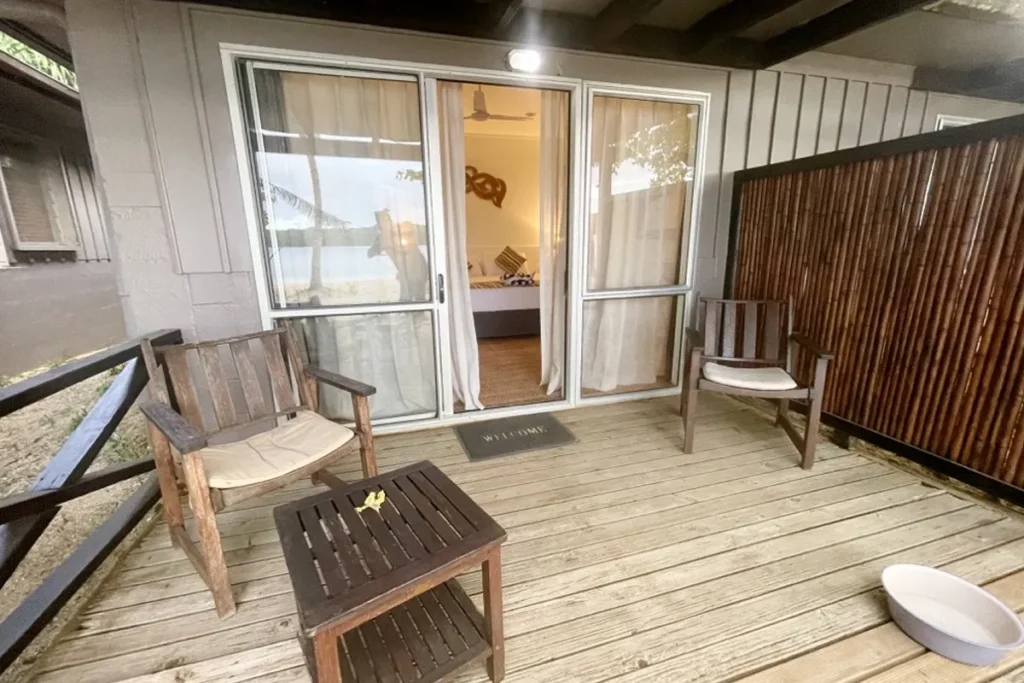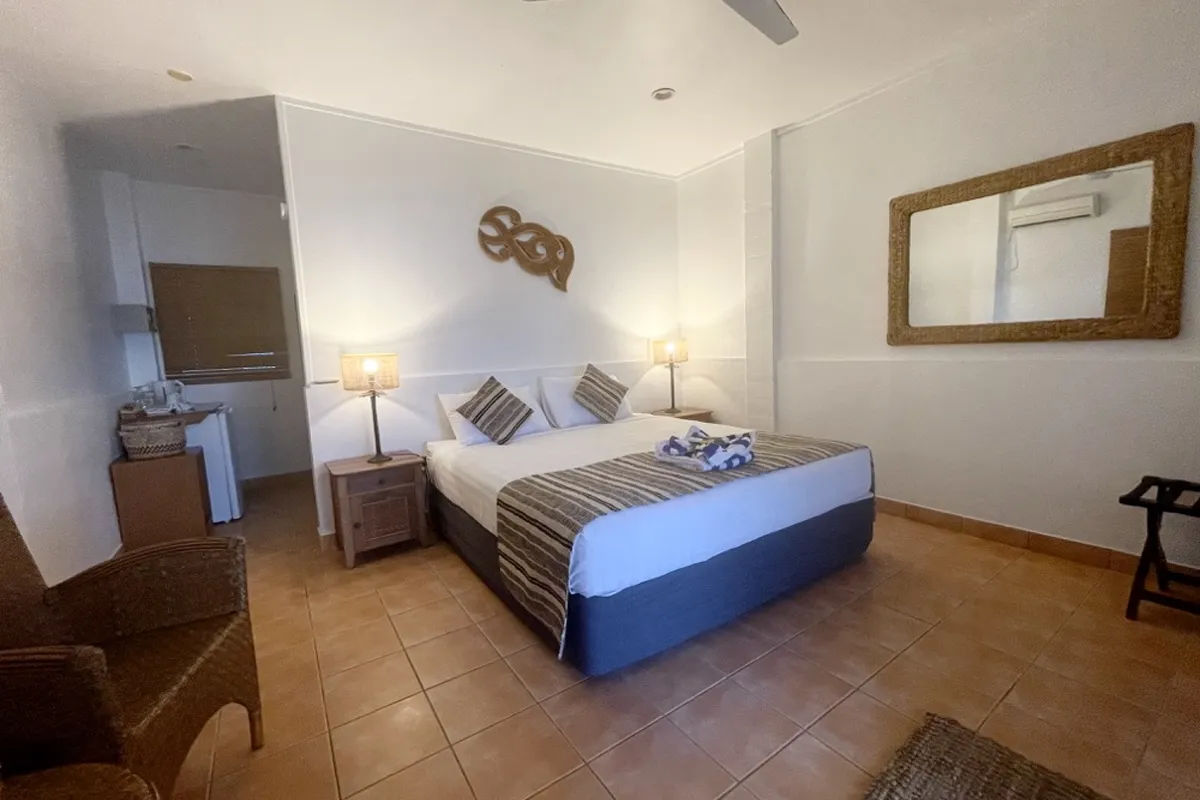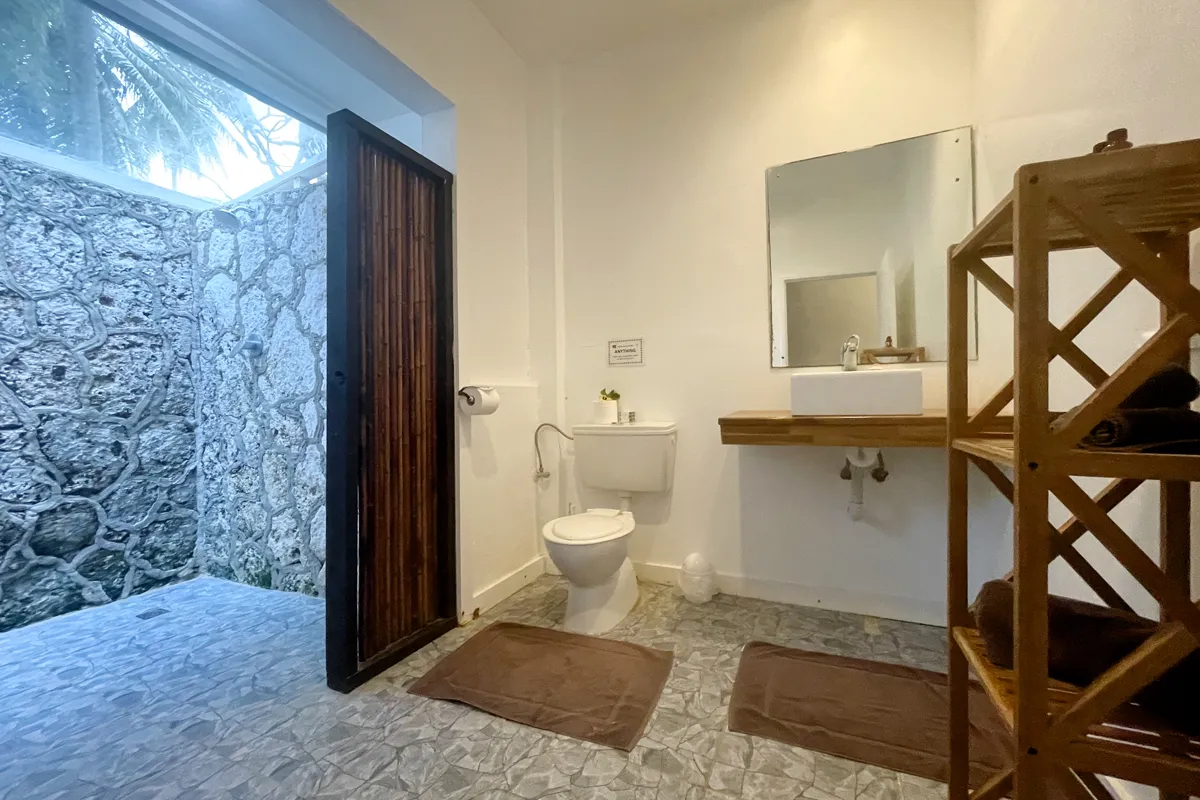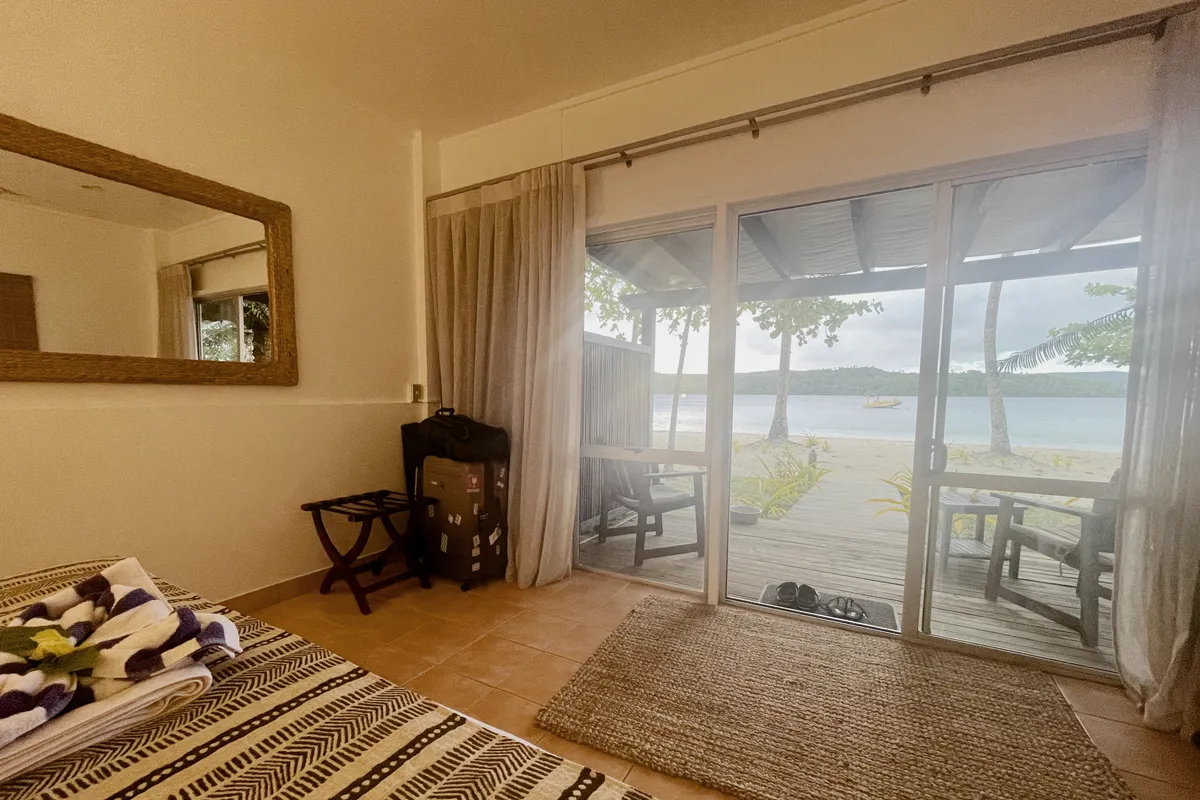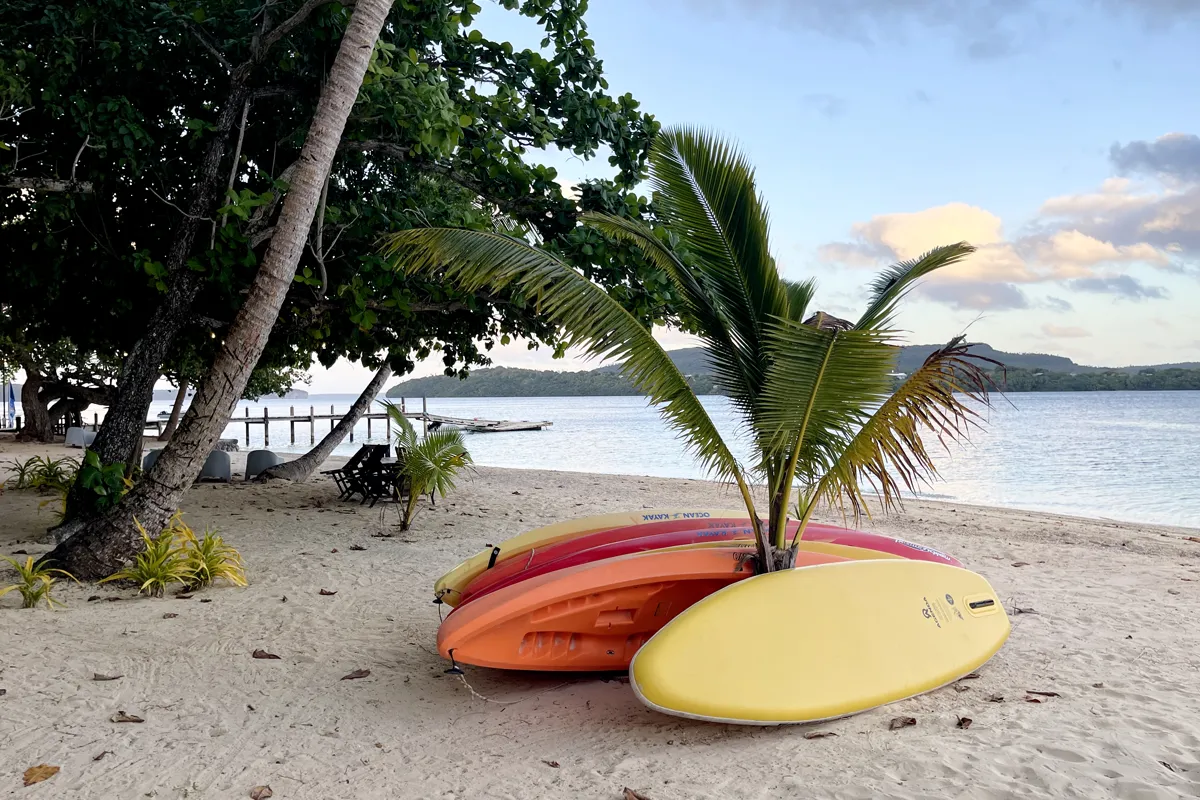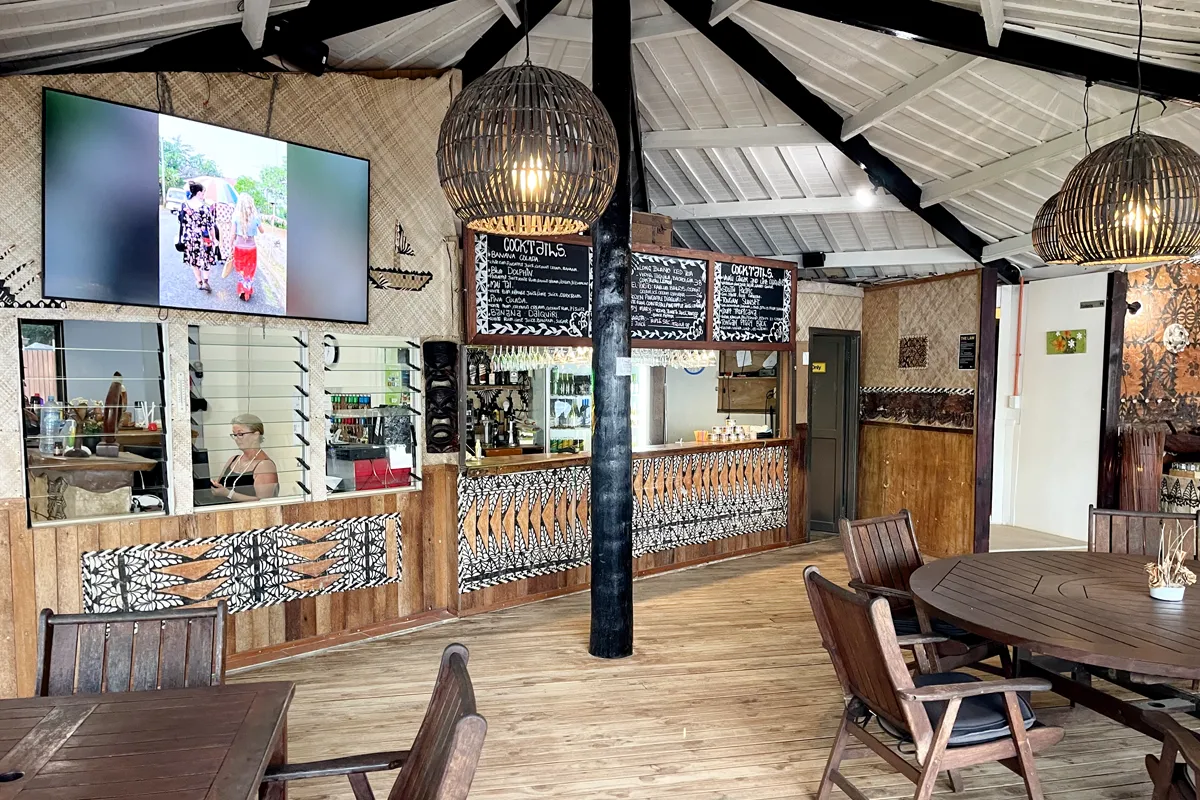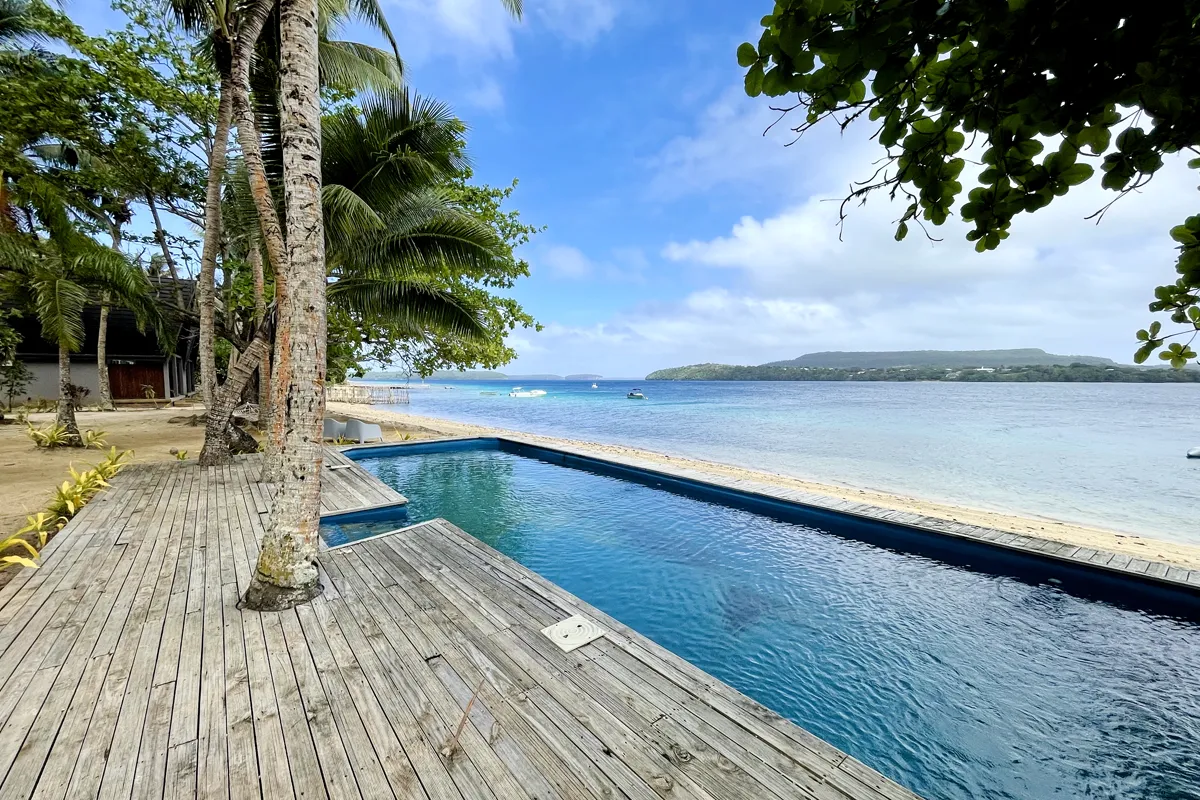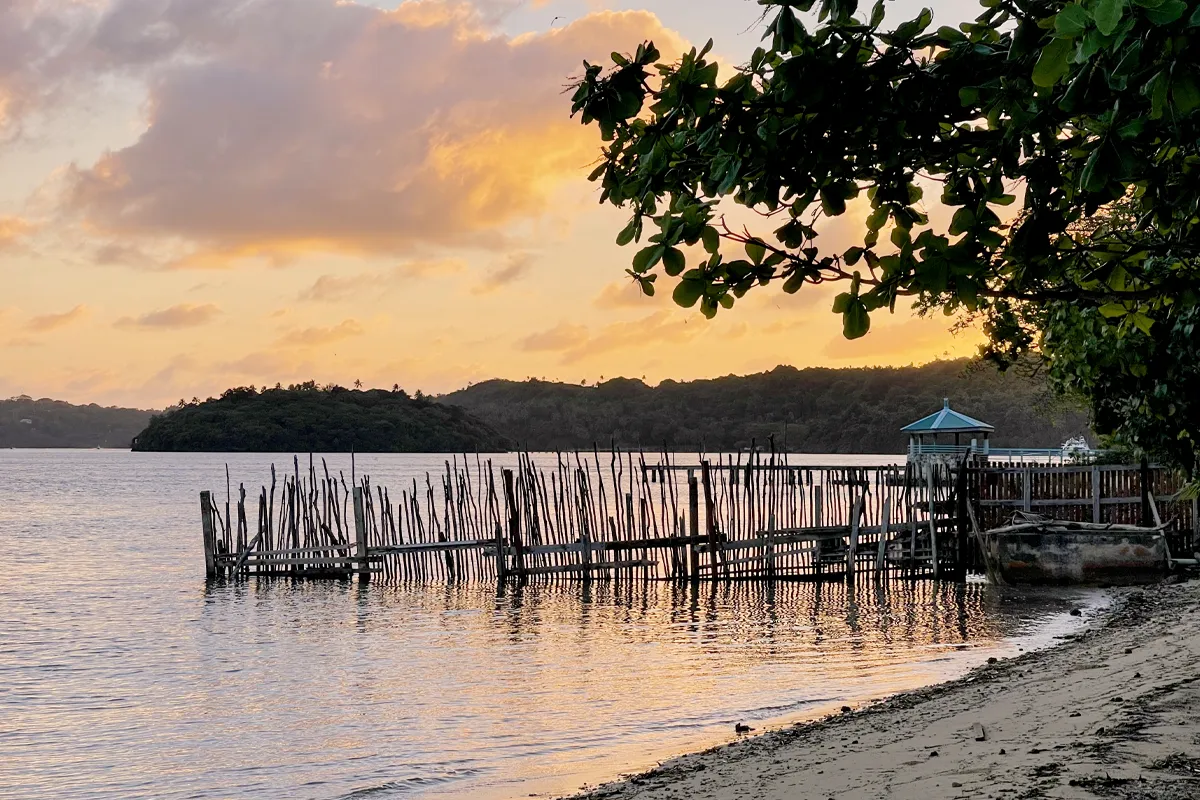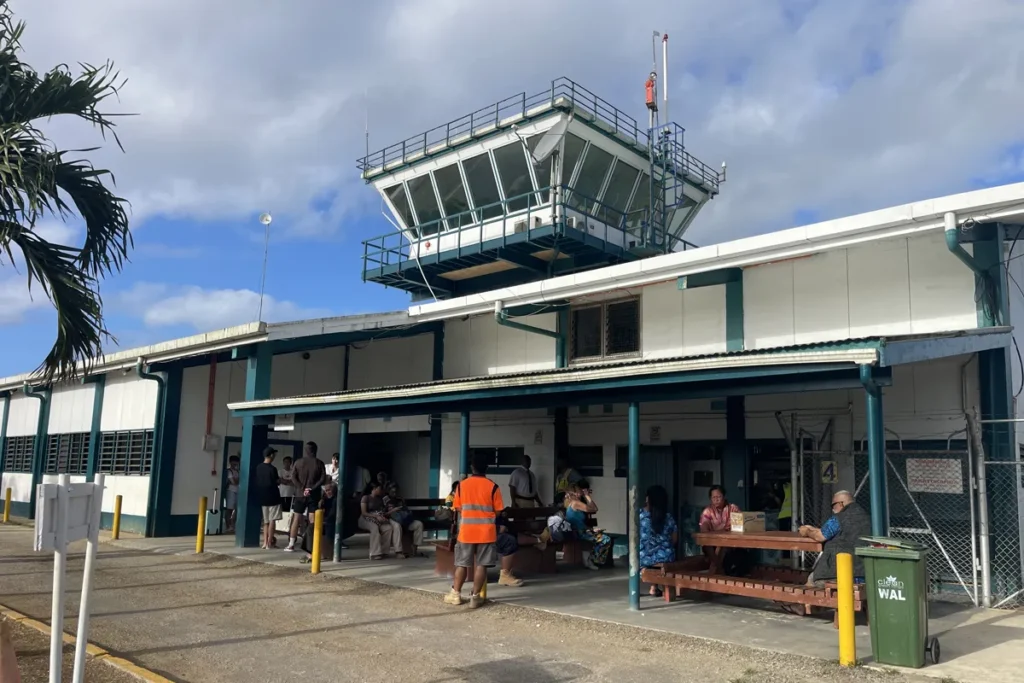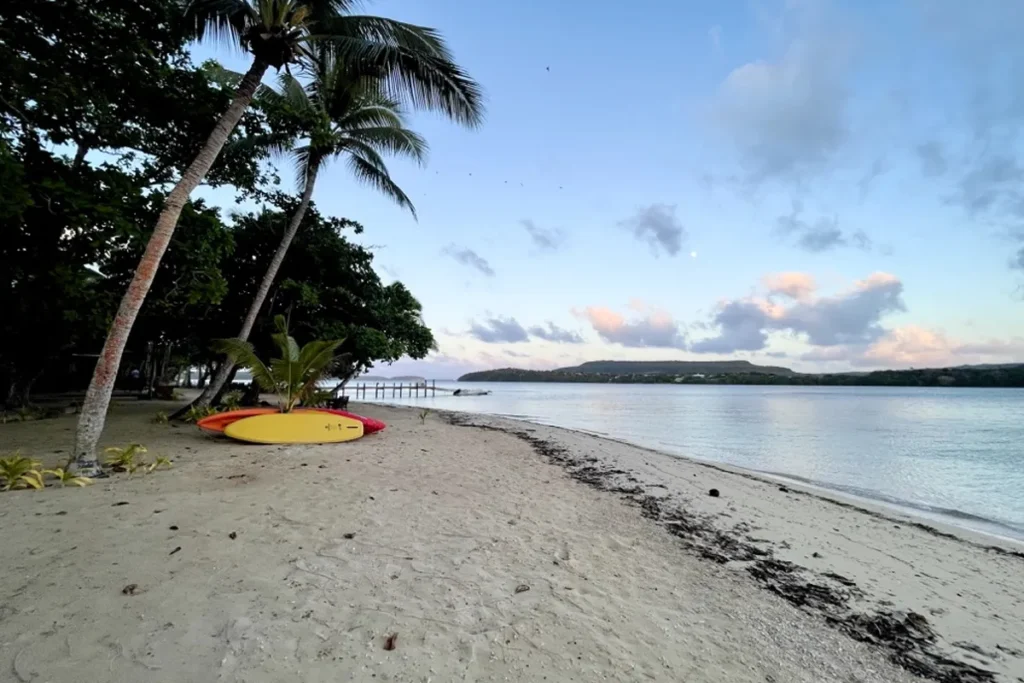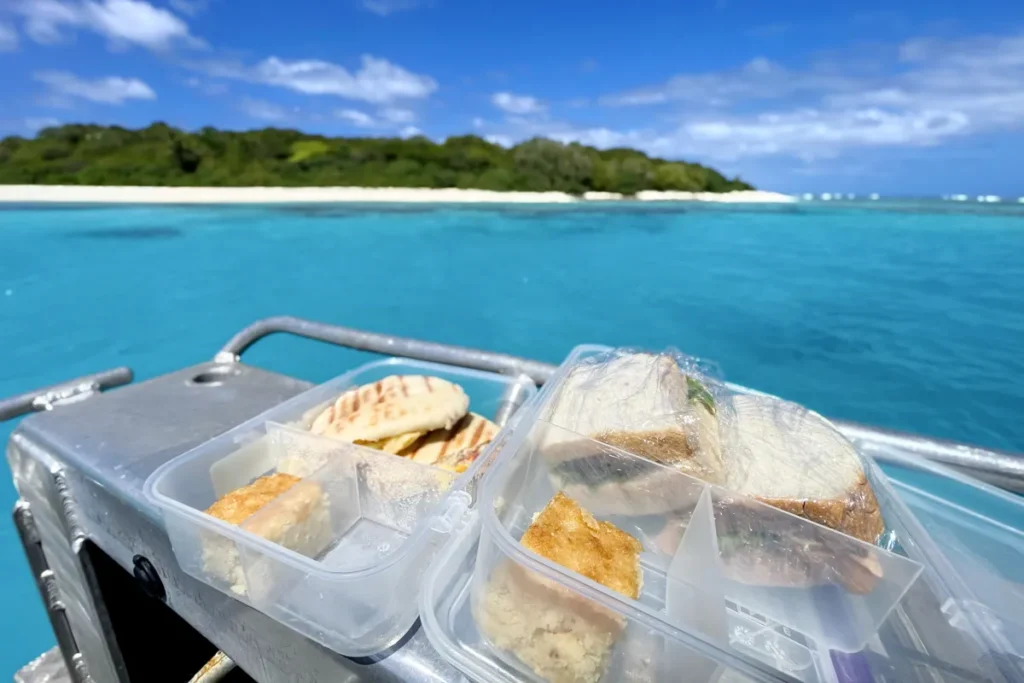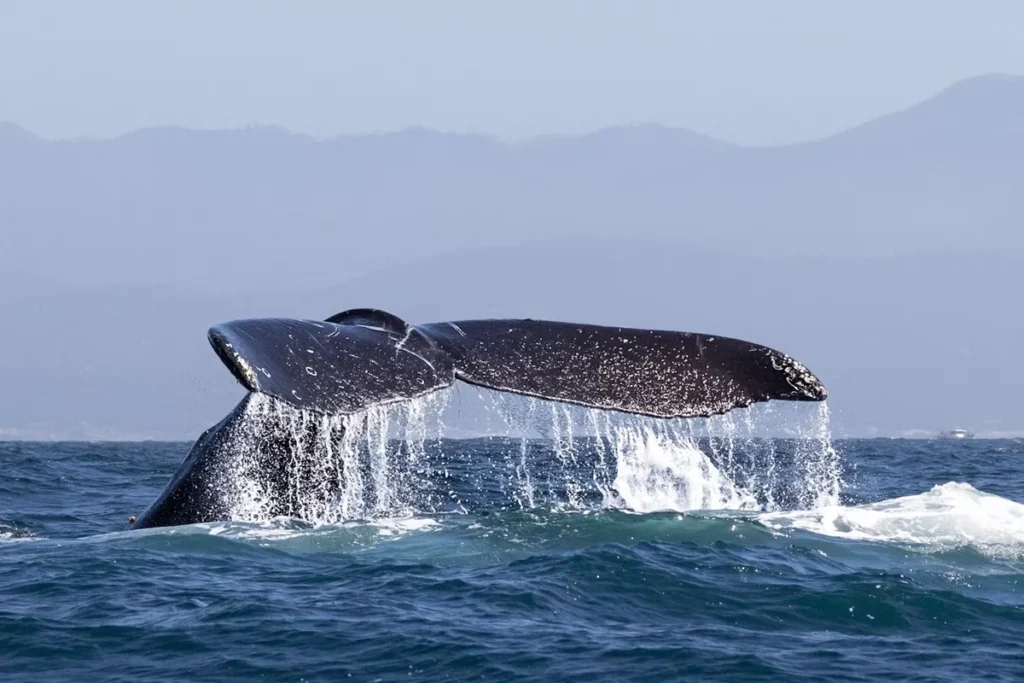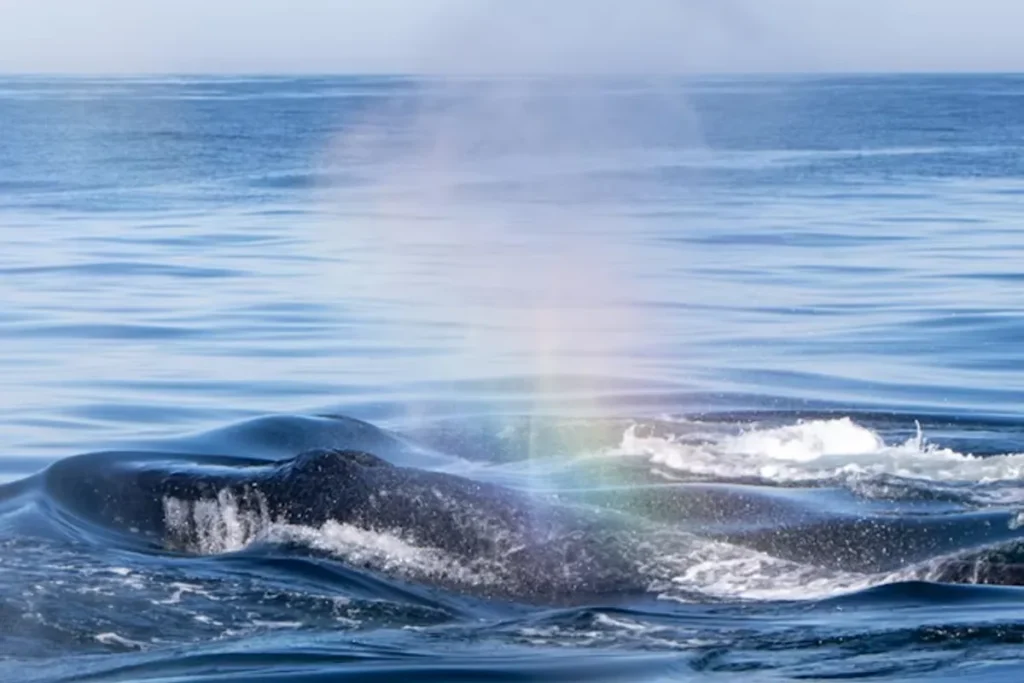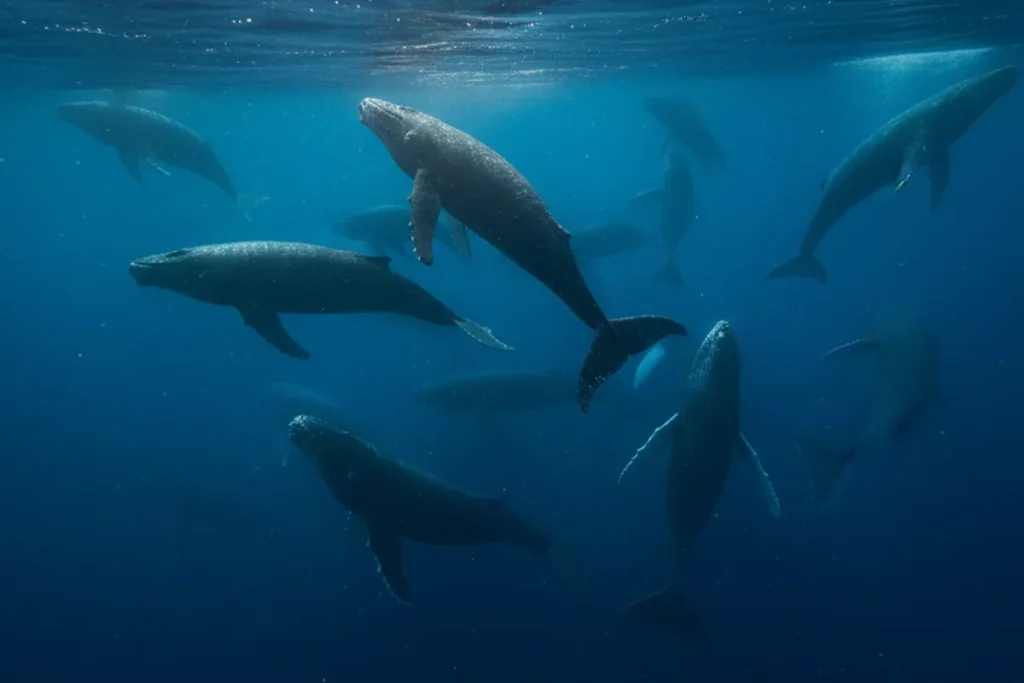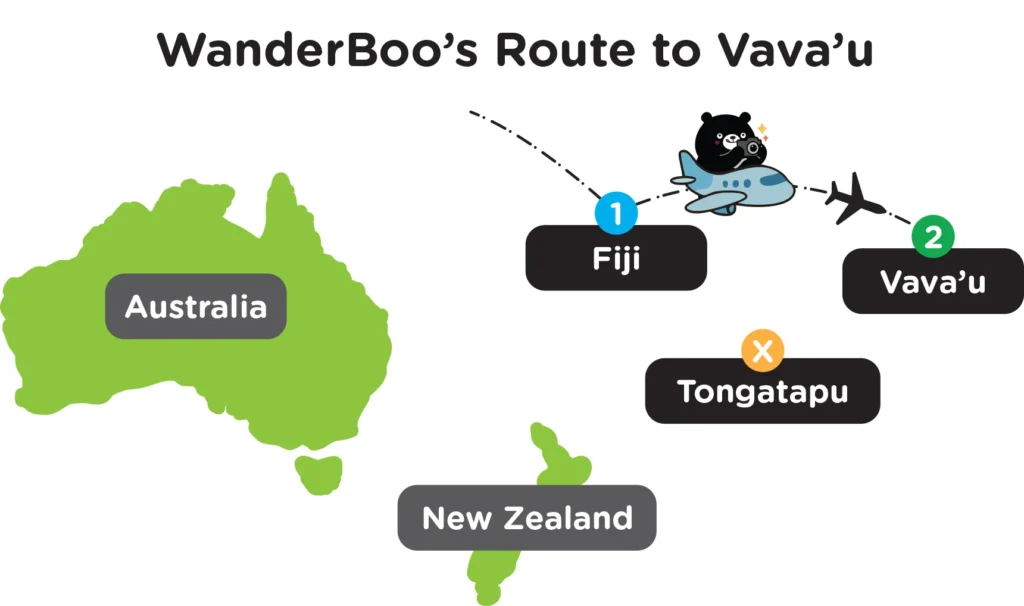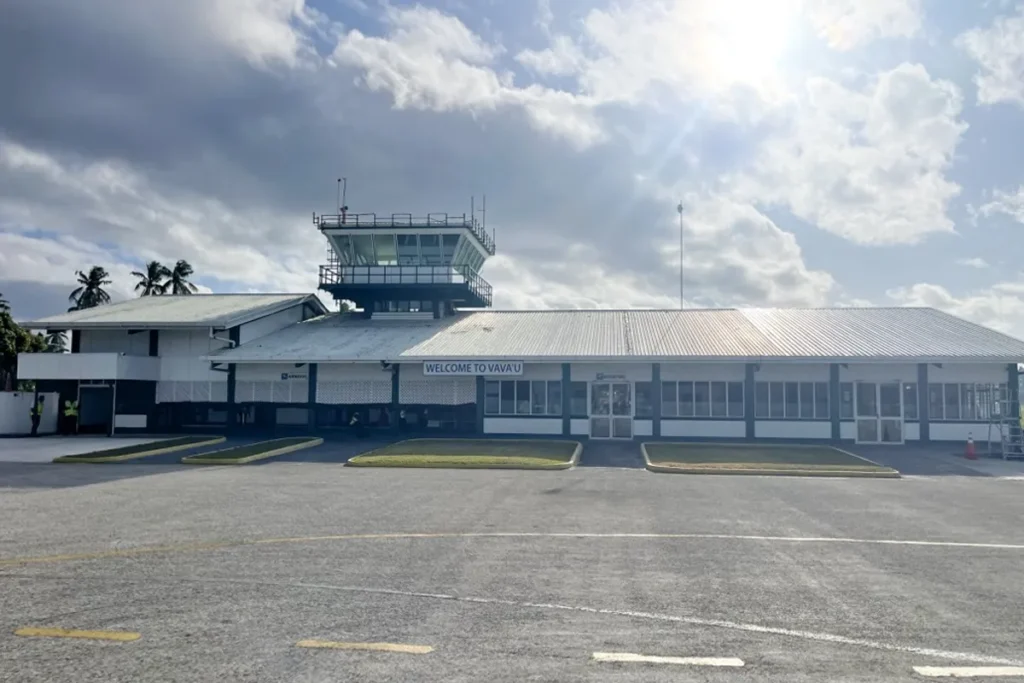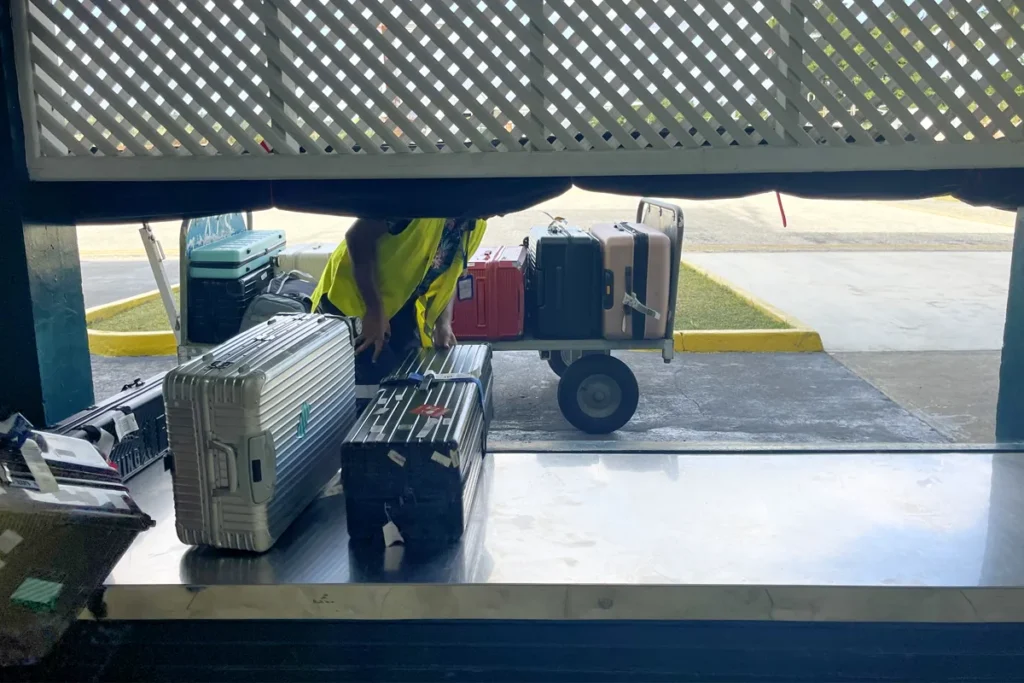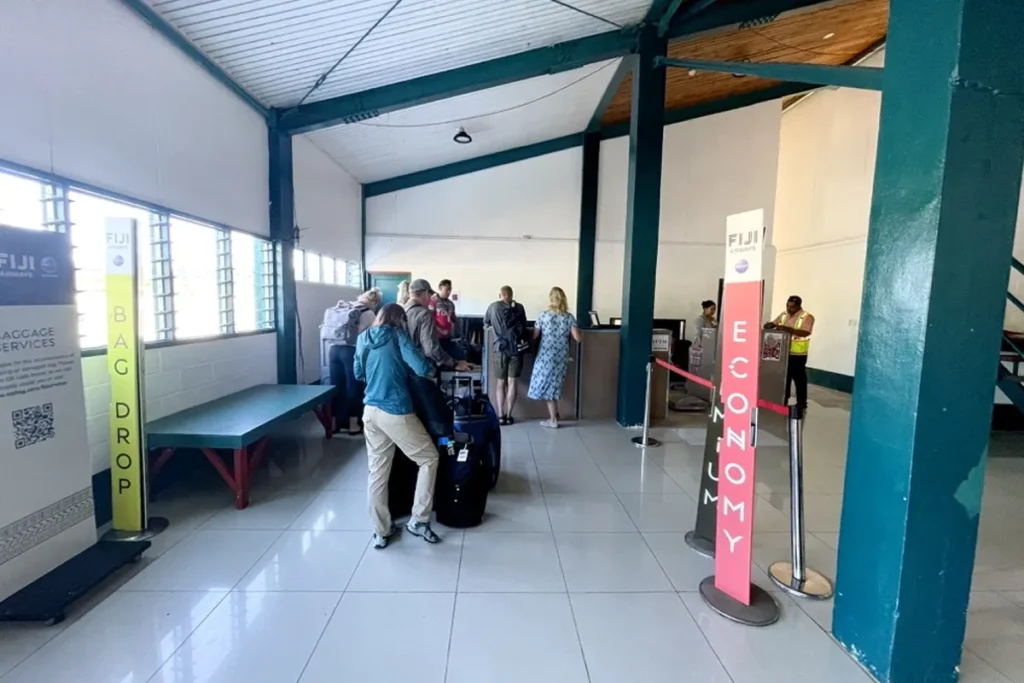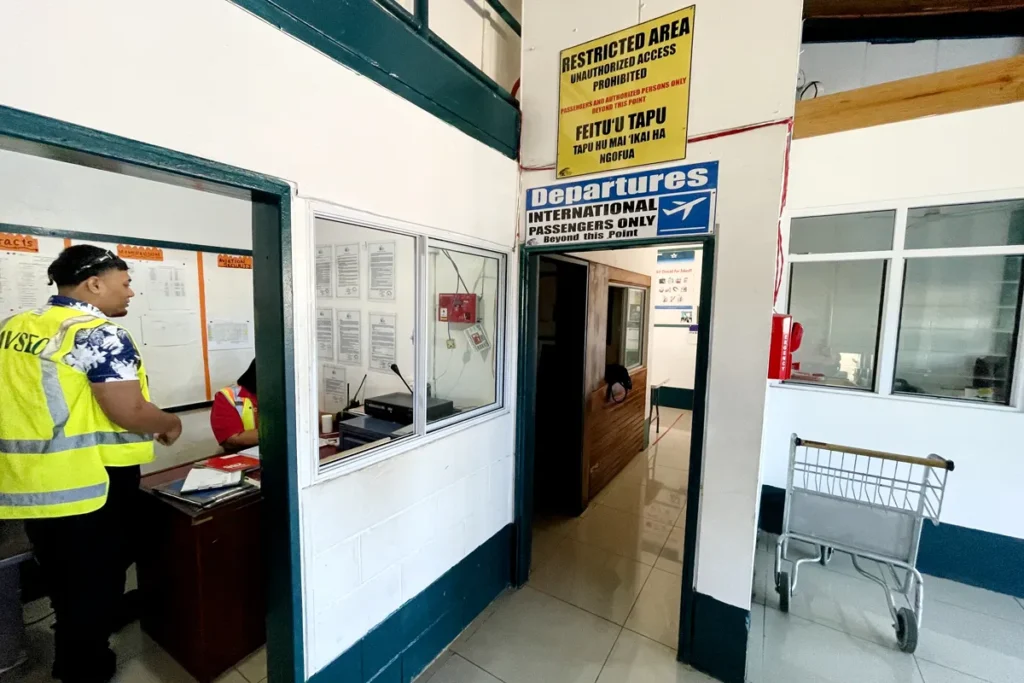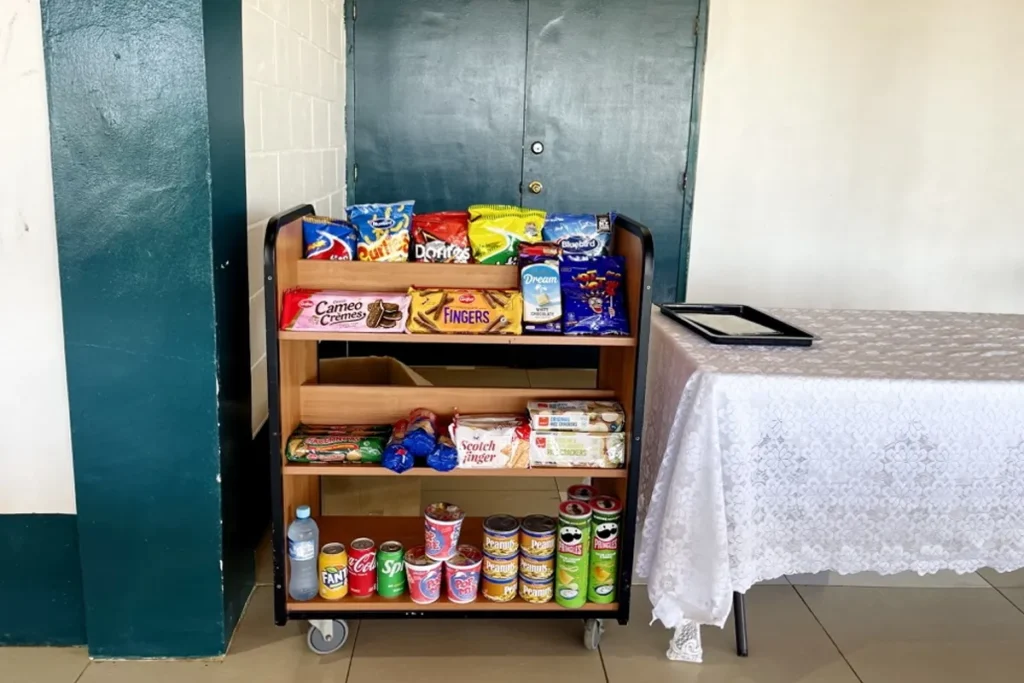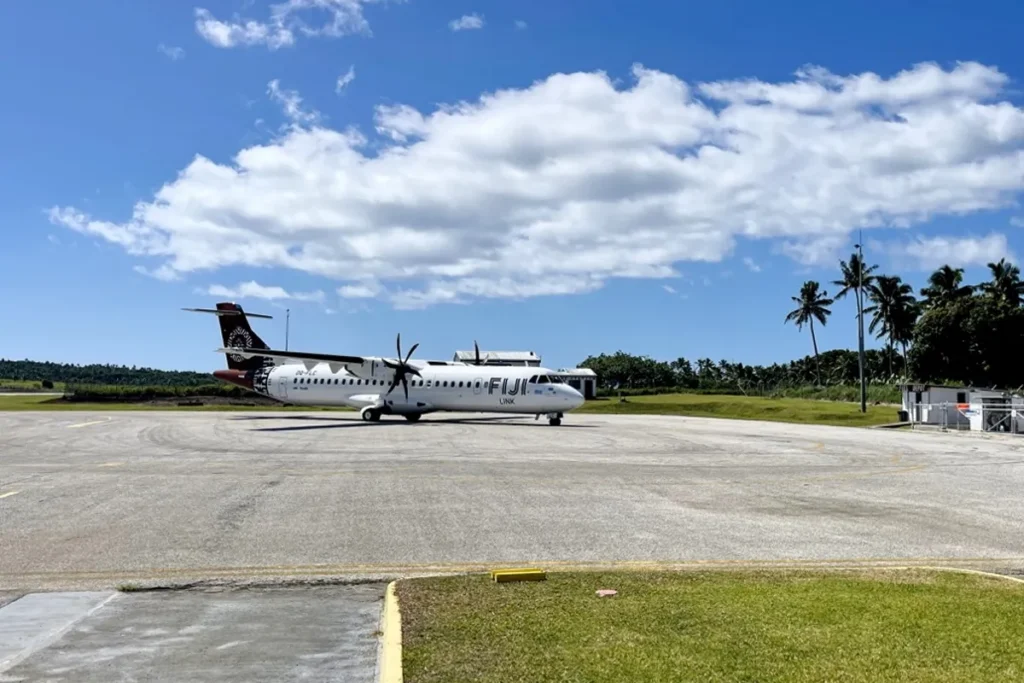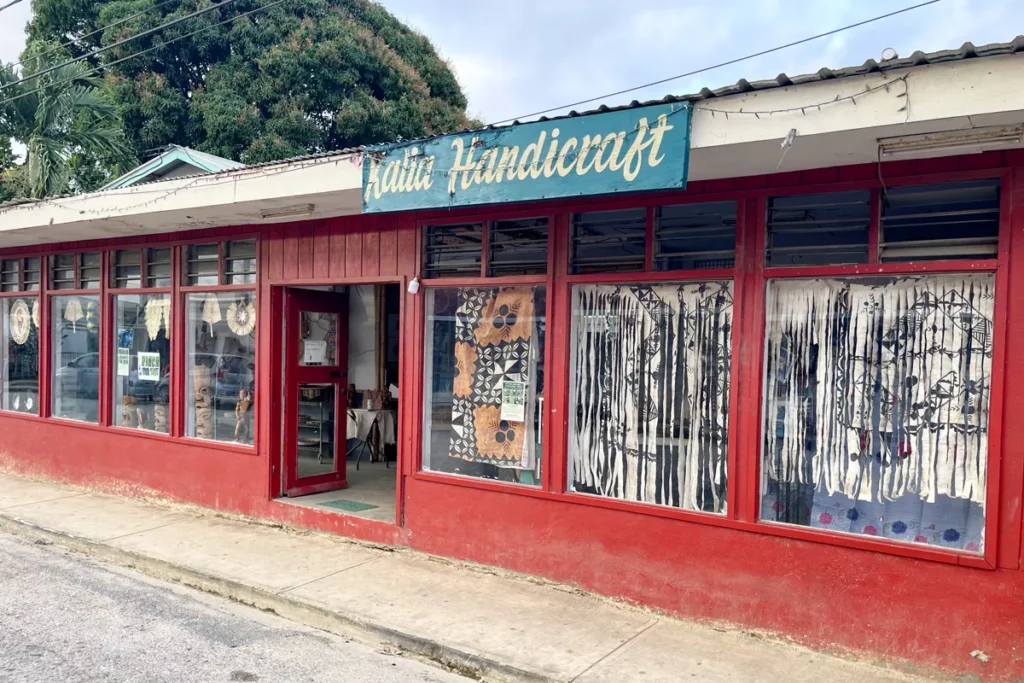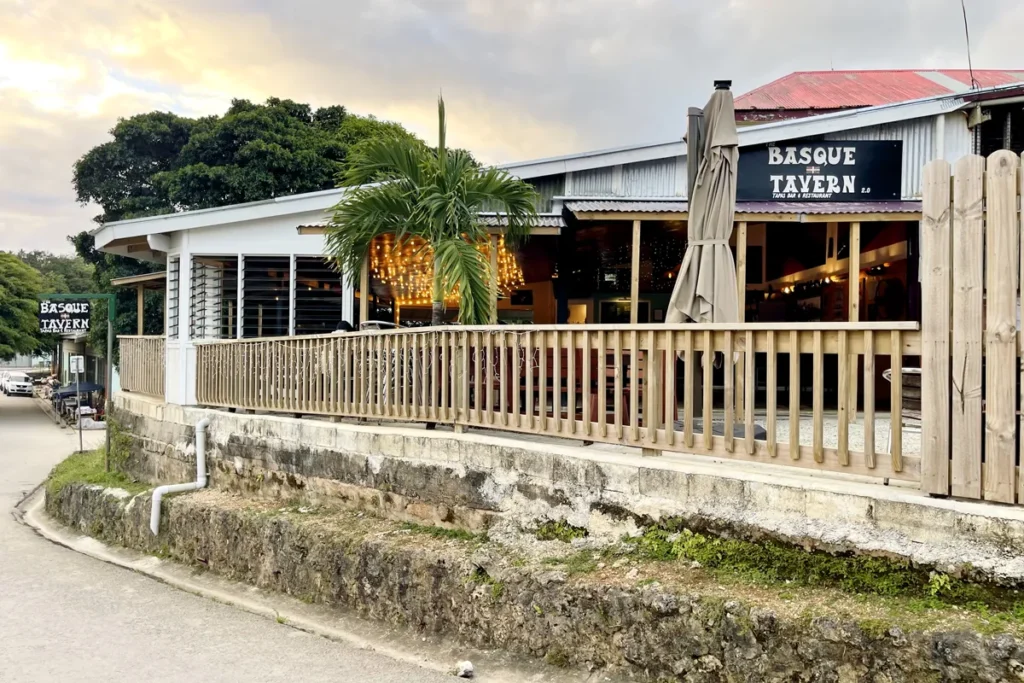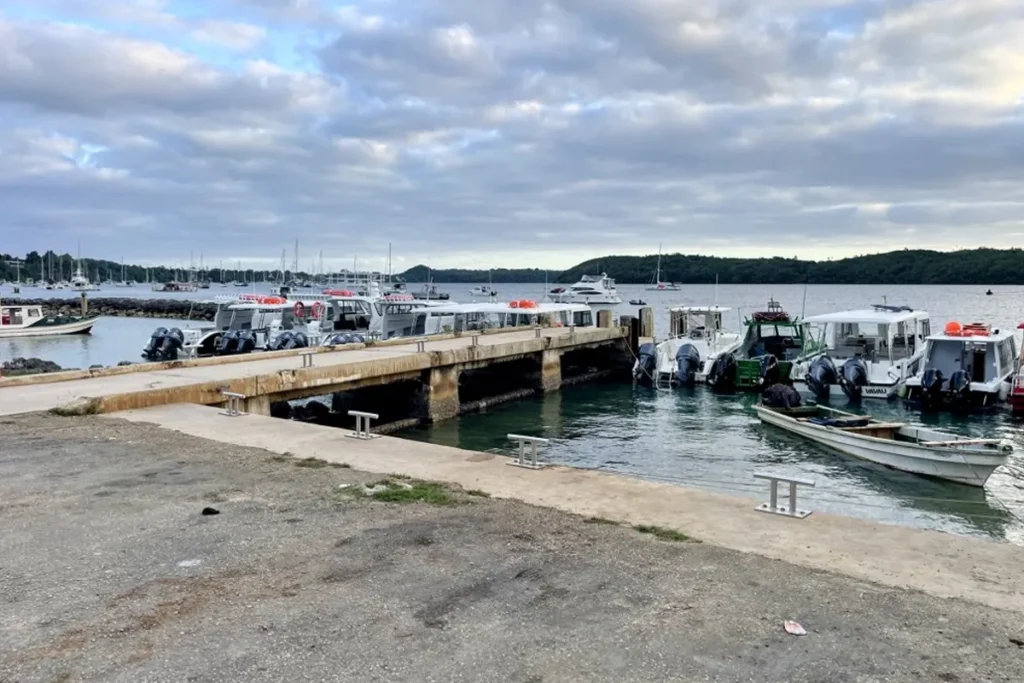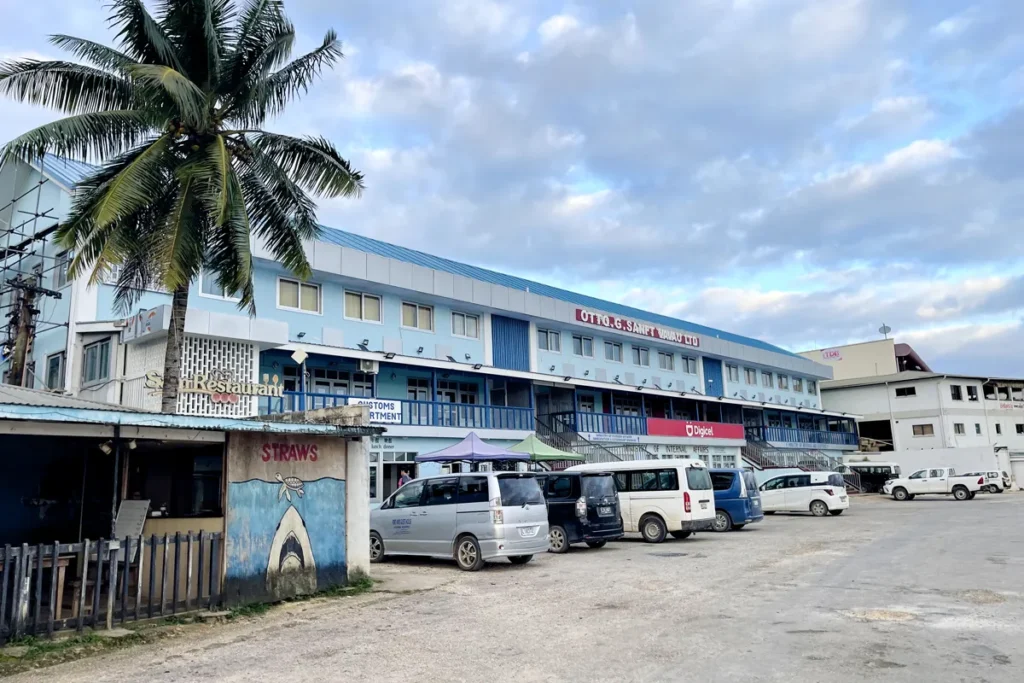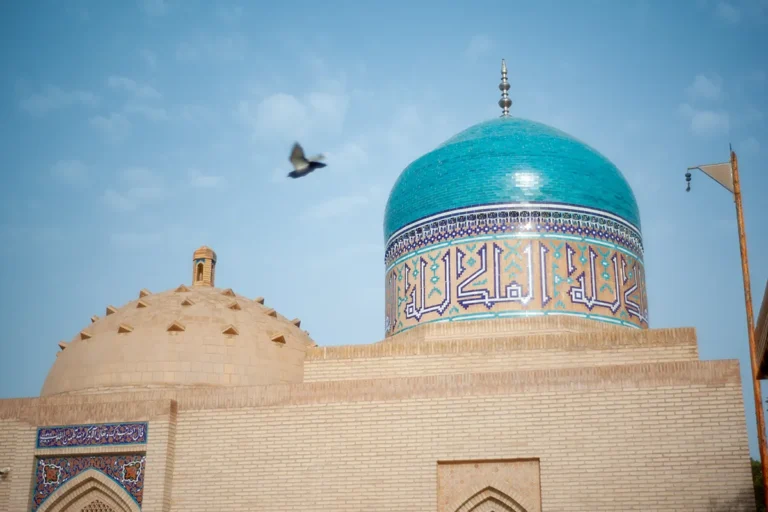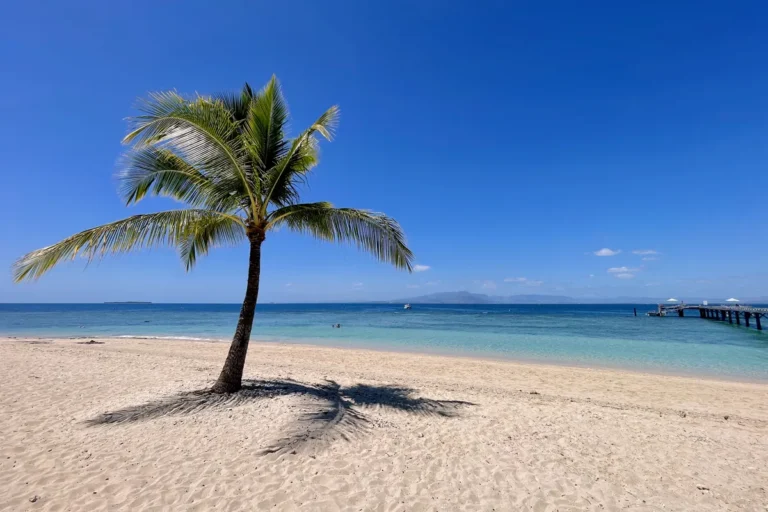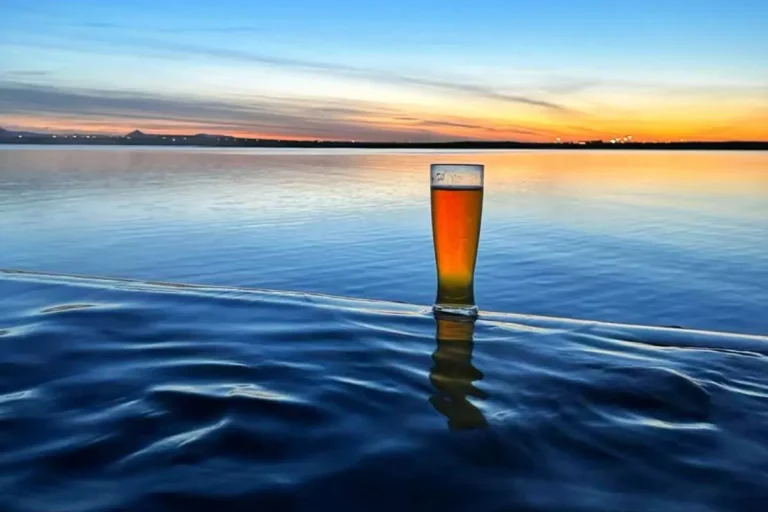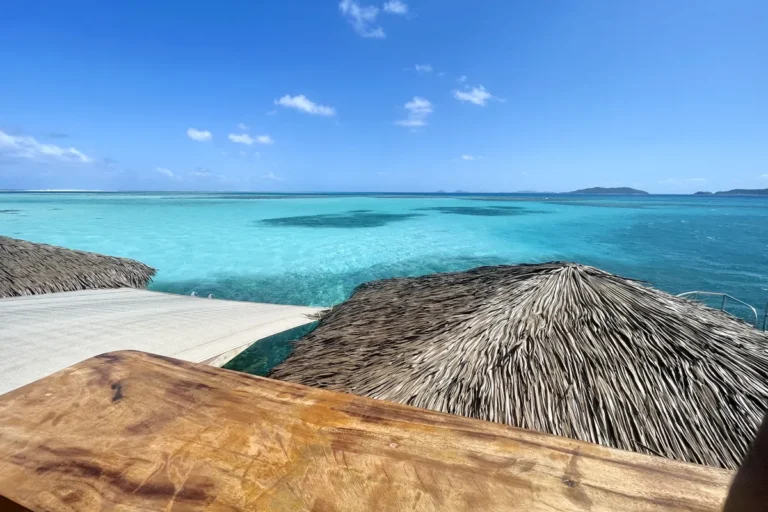
1. Overview
Background of the Country
There are only a handful of places in the world where you can legally and safely swim with whales, including Moorea (Tahiti), Timor-Leste, Mauritius, Sri Lanka, Mexico, Norway, and Tonga. While all of these destinations offer incredible encounters, Tonga stands out for its ease of whale interactions and its well-regulated, mature whale swim industry.
Tonga is a Polynesian kingdom located in the South Pacific, located about 2,000 km northeast of New Zealand and 3,200 km east of Australia. It has a population of around 100,000, with most people living on the main island of Tongatapu. Many visitors come for the rare opportunity to swim with humpback whales in Vavaʻu, a group of more than 50 islands. From June to October each year, humpback whales migrate here to calve and nurse, making Vavaʻu one of the best and most accessible places in the world to encounter them.
Best Season for Swimming with Humpback Whales in Tonga
Each year from June to October, humpback whales migrate thousands of kilometers from the cold, food-rich waters of Antarctica to the warm, sheltered lagoons around Vavaʻu. The calm environment offers an ideal nursery for mothers and calves, free from many predators like orcas and sharks. The warmer temperatures are especially important for newborns, which lack the insulating blubber needed to survive in colder seas. Here, mothers can rest, nurture, and teach their young before making the long journey back to Antarctica.
June to October is the best time of the year for swimming with Humpback Whales in Tonga.
Why Travel Here
If you love the ocean, animals, or simply enjoy spending time in a peaceful place, Tonga is for you. In Vavaʻu, it is one of the easiest places in the world to see humpback whales, and the best part is you are not just watching from the boat, you are actually in the water with them. The lagoon is alive with whales during the season, and the water itself is as natural and untouched as it gets, brilliantly blue and crystal clear.
With its many uninhabited islands scattered across the archipelago, Tonga feels raw and untouched, which is exactly why whales return here year after year. It is also why travelers seeking tranquility fall in love with it. In today’s world, it is rare to find a place where you can completely zone out, enjoy silence, and simply reflect on life, but Tonga offers exactly that.
Aside from heading out on a boat to swim with humpback whales, there is not a packed list of activities, and honestly, that is part of the charm. The Wi-Fi and cellular connection are not the best, which gently forces you to disconnect, wander around, and just soak in the simple beauty of life.
To sum it up, here’s why we think Tonga, and especially Vavaʻu, should be at the top of your travel list:
- Whale Capital of the World – Vavaʻu is hands down the best place on Earth to swim with humpback whales. Nothing compares to the experience of slipping into the water and seeing these gentle giants up close.
- Ethical Encounters – Tonga takes whale conservation seriously. The country has some of the strictest regulations in the world, making sure tours respect the whales’ natural habitat and minimize human impact on their lives.
- Untouched Paradise – Beyond the whales, Vavaʻu is pure magic. Picture crystal clear waters, hidden beaches, and lush green islands with far fewer tourists than other tropical hotspots. There are two very popular and pictureisc caves in Vava’u that many go to for underwater portraits.
2. Exploring Tonga
Key areas
Tonga is made up of more than 170 islands, divided into four main groups:
- Tongatapu – The largest island and the heart of Tonga, home to the capital Nukuʻalofa. Here you’ll find royal palaces, bustling markets, historic sites like the Haʻamonga ʻa Maui trilithon, and dramatic coastal blowholes. It’s also the main entry point for international visitors.
- Vavaʻu – The adventure hub of Tonga and the best place to swim with humpback whales (June to October). Made up of more than 50 islands, with ʻUtu Vavaʻu as the largest, it’s also famous for turquoise lagoons, world-class sailing, vibrant marine life, and laid-back island villages.
- Haʻapai – A quiet and remote group of small islands and reefs, perfect for travelers seeking seclusion. With pristine beaches, uninhabited islands, and excellent diving and snorkeling, Haʻapai offers an authentic escape into unspoiled island life.
- ʻEua – The oldest island in Tonga, located just southeast of Tongatapu. It’s known for rugged hiking trails, lush forests, caves, and dramatic cliffs — making it a paradise for nature lovers and outdoor explorers.
Most people who come to Tonga to swim with humpback whales spend the majority of their time in Vavaʻu, often only stopping briefly in Tongatapu or bypassing it entirely by flying directly from Fiji to Vavaʻu.
Must-See Attractions
While Vavaʻu is the go-to spot for swimming with humpback whales, there are plenty of other attractions to explore the rest of Tonga, such as:
- Tongatapu: Haʻamonga ʻa Maui Trilithon, Mapu ʻa Vaea Blowholes, Anahulu Cave and Beach, Royal Palace of Tonga, Ancient Royal Tombs, Tsunami Rock, Captain Cook’s Landing Place
- Vavaʻu: Swim with humpback whales, Mount Talau, Eneʻio Botanical Garden, Swallows Cave, Mariners Cave, Port of Refuge Harbor, snorkeling and sailing around uninhabited islands
- Haʻapai: Uninhabited islands and beaches, snorkeling and diving reefs, Pangai town, Uoleva Island, cultural village visits, whale watching
- ʻEua: ʻEua National Park, hiking trails and limestone cliffs, ʻOvava Tree (Banyan tree), dramatic coastal lookouts, ʻEua caves, birdwatching
Must-Try Dishes
No trip is complete without tasting the flavors that define a place. Tongan cuisine is simple, fresh, and deeply tied to the land and sea — think seafood, root vegetables, tropical fruits, and hearty feasts cooked in underground ovens. Meals are less about fancy presentation and more about abundance, sharing, and celebrating together.
Here are the must-try dishes and drinks you’ll find in Tonga:
- ʻUmu (Earth Oven Feast) – Tonga’s traditional way of cooking, where meat, fish, and root vegetables are wrapped in banana leaves and slow-cooked underground. Expect smoky flavors and a true island feast.
- Lu Sipi – Tender lamb wrapped in taro leaves, cooked with coconut cream until it melts in your mouth. Rich, hearty, and a local favorite.
- Ota Ika – Raw fish marinated in lime and coconut milk, often mixed with vegetables. Think of it as Tonga’s version of ceviche, light and refreshing.
- Faikakai – Dumplings made from flour or root crops, drizzled with a sweet coconut syrup. A must-try dessert if you’ve got a sweet tooth.
- Root Crops (Taro, Cassava, Kumala) – Staples of the Tongan diet, often boiled, baked, or roasted. Simple but filling, always part of a meal.
- Fresh Tropical Fruits – Mangoes, bananas, breadfruit, and papayas are everywhere, often picked straight from the tree.
- Kava – A traditional drink made from the kava root, mildly sedative and central to Tongan ceremonies. Don’t expect it to taste amazing, but it’s an experience you shouldn’t miss.
As a tourist, it can be difficult to find restaurants serving authentic Tongan dishes, as most eateries in town cater to visitors with Western-style menus. However, you may occasionally spot a local dish on the menu. At Tonga Beach Resort, where I stayed, they sometimes served root crops alongside entrees, giving a small taste of traditional Tongan flavors.
Where to Stay
Because most travelers to Tonga spend the majority of their time in Vavaʻu, this section will focus on accommodations in that area.
Tongan Beach Resort
A beach-style resort with most rooms facing its private beach, this was where I stayed for 10 days. The resort is clean, well-kept, and set inside the lagoon where the water is always calm. Run by a family from New Zealand, the owner Shane is incredibly friendly and makes sure every guest feels comfortable. The spacious rooms and excellent food prepared by the in-house chefs make this resort feel like a little slice of paradise in Vavaʻu. One thing to note is that Wi-Fi only covers the dining area, so you will not have an internet connection in your room. If you want to stay connected while in your room, you can purchase an eSIM from Airalo. Use this link to get 15% off your first eSIM.
Mystic Sands Beachfront Accommodation
Located right next to Tongan Beach Resort, Mystic Sands is a 4-star option that offers a similar beachfront experience. It is clean, modern, and often considered one of the best stays in town alongside Tongan Beach Resort. That said, a friend of mine dined here and wasn’t impressed by the food, so you may prefer it more for the accommodation than the dining.
3. Suggested Itineraries
How to Plan Your Vavaʻu Whale Swim
There are two main ways to plan your itinerary in Vavaʻu. The first is to book your flight and accommodation on your own, and then contact boat operators for day trips or multi-day whale swim adventures. The second, and more recommended, is to book your flight independently but arrange your whale swim and accommodation through a tour company that operates its own boats. Booking everything yourself can be risky, as most boats are managed by established tour companies, and you might only join a day tour if there is an available spot. Booking through a tour company guarantees your place on the whale swim every day.
Booking your whale swim through a tour operator guarantees a spot in the water with the whales every day.
Book a Longer Tour for Better Whale Encounters
Most tour companies offer packages of seven days with five days in the water, or ten days with seven days in the water. You might wonder why these trips are so long. Whale encounters depend entirely on nature, and weather plays a huge role in the success of each swim. The longer you stay, the higher your chances of seeing whales. I went with a ten-day tour and was lucky enough to encounter whales every day in early September, though some travelers have reported spending an entire day without seeing any. For this reason, I recommend choosing the longest tour you can.
Choosing Between a Four-Person or Eight-Person Tour
You will also need to decide between a four-person and eight-person tour. The four-person option is more expensive, but Tongan law allows only four visitors plus one local guide in the water with the whales at any time. On a four-person tour, you are guaranteed to be in the water whenever a whale is spotted. On an eight-person tour, you rotate with the other group, which can result in mixed experiences depending on whale behavior. I chose the eight-person tour and found it ideal. The water is often cold, and swimming constantly can be tiring, so rotating gives you time to rest and choose when to be in the water. Some participants even spent most of the day out of the water, letting others enjoy the swim while they relaxed.
Go for the eight-person tour to relax and rotate in the water instead of swimming non-stop.
Top Tours for Swimming with Humpback Whales in Tonga
Since you will be spending your entire trip with a tour operator, choosing the right one can make or break your dream vacation. Below are the companies I reached out to and actually received a response from. In the end, I chose Whaleswim Adventures because they were the most responsive and professional.
- Whaleswim Adventures – With more than 26 years in the business, Whaleswim Adventures leads whale swim tours not only in Vavaʻu, but also in the Cook Islands, Timor Leste, and Norway. Their pricing is transparent, and they respond promptly to inquiries. This reliability was the main reason I chose them, and I can confidently recommend them.
- HumpbackSwims – Another reputable tour operator offering four- or six-passenger boat packages. They were responsive, but unfortunately they were sold out for the dates I wanted. They use Mystic Sands for accommodation, so you are guaranteed a great stay in Vavaʻu.
- Tongan Expeditions Dive & Whale Watching – Also a well-established company with plenty of information available online. If you are doing your research, they are worth considering. I could not make my schedule work with theirs, so I did not go with them.
I chose Whaleswim Adventures for their global whale swim experience and top-notch customer service.
Sunday is a Day of Rest
In Tonga, Sunday is considered a sacred day of rest. As a deeply Christian nation, most Tongans observe the Sabbath by attending church services, spending time with family, and refraining from work or commercial activities. Because of this, nearly everything shuts down on Sundays — shops, restaurants, and even tours — making it the quietest day of the week. Keep this in mind when planning your itinerary, as Sunday is a day when you won’t be able to schedule any activities.
4. Swimming with Humpback Whales
Whale swimming isn’t a common activity, and there’s not a lot of reliable information available online. That’s why this section is the most important part of the entire guide. I’ll share everything I learned during my Whaleswim Adventures 8-person tour, along with my personal experiences, so you can be better prepared for your own trip. Unexpectedly, my tour only had six people instead of eight, which meant extra time in the water for all of us.
What to prepare:
Before your trip, make sure to pack the essentials. Supplies are extremely limited in Tonga, so it’s always better to be over-prepared than caught without.
- Wetsuit – Most tours require some form of buoyancy aid to help keep swimmers safe, so a wetsuit is the easiest way to achieve this. Additionally, the water in Vava’u can be cold, and wind and rain make it even chillier on the boat. I recommend a 3mm full suit or at the bare minimum a 3mm vest.
- Sunscreen – Choose an eco-friendly, reef-safe sunscreen. You’ll be on the boat all day, so UV protection is a must.
- Snorkel, mask, and fins – Bring your own gear so you’re comfortable in the water. I suggest packing two sets in case something breaks or gets lost.
- Underwater camera – Whether it’s a waterproof phone case or a GoPro, you’ll want to capture your whale encounters. Since you will be on the surface at all times, basic waterproofing will be enough.
- Over-the-counter meds – Motion sickness pills are essential if you’re prone to seasickness (or even if you think you aren’t). Also pack basics for flu, stomach issues, constipation, and diarrhea.
- Universal power adapter – A must on any trip. Someone in our group forgot his and had to borrow one from the resort. I recommend bringing two just to be safe.
- eSIM – At most resorts in Vava’u, WiFi only works in the dining area. If you want internet in your room, purchase an eSIM from Airalo (use this link to get 15% off your first eSIM).
- Travel insurance – Required by most tours. It should cover significant medical expenses. I recommend World Nomad since they cover a variety of water-related activities.
Wear a 3mm+ full wetsuit to stay warm in Tonga’s chilly waters.
Cost of Swimming with Humpback Whales in Tonga
Swimming with humpback whales in Vava’u isn’t cheap. On top of the pricey airfare from home, most tours range from $3,000 to $7,000 per person, depending on the duration and the number of passengers on the boat.
Here’s a rough idea of tour costs:
- 4-person boat, 7 days, 5 days in the water: $4,000–$6,000 USD per person
- 4-person boat, 10 days, 7 days in the water: $6,000–$7,000 USD per person
- 8-person boat, 7 days, 5 days in the water: $3,000–$4,000 USD per person
- 8-person boat, 10 days, 7 days in the water: $4,000–$5,000 USD per person
Most tours include accommodation, meals, and the boat charter fee, but beverages and tips are not included. On my last day, I paid an additional 400 Tongan Paʻanga (TOP), roughly $170 USD, for extra beverages and snacks I consumed at the resort.
Booking and Payment
I booked my tour with Whaleswim Adventures and had all correspondence with Annah. She was patient and thorough when answering questions about the tour, and she even coordinated to help sort out my tourist visa to Tonga.
Payments can be made by credit card or bank transfer. Full payment is required in advance, but there is no need to worry. Whaleswim Adventures is a reputable company with a long track record, so you can feel confident booking with them.
Landing in Vava’u
Upon landing at Vava’u International Airport, you will immediately notice just how raw and undeveloped the island is. The airport is essentially just an airstrip. Within 20 steps of entering the building, you will reach a two-counter immigration desk. To the right, a small platform feeds luggage into the room. The entire arrival process feels more like a rural bus stop than an international airport.
Once outside, look for the Tongan Beach Resort sign. Your driver will take you directly to the resort. After dropping off your bags in your beach-facing guestroom, you will gather in the dining area for a consultation. Hotel staff will explain the amenities, and it is also the perfect chance to meet the group members who will be whale swimming with you for the next 10 days.
Tour Consultation
Later that evening, a welcome dinner is hosted by Annah, the manager of Whaleswim Adventures and the heart and soul of the company. Annah is caring, approachable, and passionate about whales. During dinner, she explains everything you need to know about swimming with humpbacks and what to expect on the water.
The food at Tongan Beach Resort is excellent, with a menu that changes daily, so you are in for a treat. All meals are included except on two nights, when you will be encouraged to explore the island or enjoy a quiet evening at the resort.
Breakfast, Lunch, and Drinking Water
Every morning, a buffet breakfast is served around 6:30 am. The boat typically leaves from the pier in front of the resort around 9:00 am, depending on when the captain arrives.
Each day, lunch and a large bottle of water are provided. It is a good idea to bring the water back to your room afterward, since there is no true freshwater facility in Vava’u. All local water is a mix of rainwater and well water, which is not recommended for visitors to drink.
Looking for Whales
Once the boat leaves the dock, the captain and the skipper, who specialize in spotting whales, begin scanning the water. Whales often move quickly, so a good skipper and captain make all the difference.
Before each entry, the skipper will instruct the group to put on snorkeling gear and wait for their signal. Our skipper, Tonga, often jumped in first to scout the whales. If he located them, he would raise his hand to signal us to follow. Sometimes, though, the whales had already moved, and he had to return to the boat empty-handed.
When you enter the water, the skipper will remind you to stay close. Getting too near the whales risks startling them. Typically, the group is positioned about 45 degrees ahead of the whales, where they can see you. Even then, you will often need to kick hard to keep up.
Keep your distance from the whales to avoid scaring them away.
What to expect:
Whale swimming depends entirely on nature. Weather can shift quickly, sunny one minute, pouring rain the next. Some days offer turquoise water and clear visibility, while others bring rough currents and storm-like conditions.
It is important to know that waiting time on the boat is much longer than actual swim time. Do not expect to spend hours in the water each day. On a good day, you may get three water entries, each lasting up to 30 minutes if the whales stay nearby.
Spotting Whales
The easiest way to spot whales is by watching for a spout. Baby humpbacks must surface every few minutes to breathe, creating a telltale mist just above the waterline. But even if you see a spout, it does not always mean you can jump in, as the whales might be moving too fast.
What to Expect When Whales Are Spotted
When whales are sighted, the skipper will have you gear up and wait for their signal. It is common to sit ready for 30 minutes to an hour, only for the attempt to be called off. Sometimes, even after jumping in, you may see nothing at all because the whales moved on.
Type of Encounters
There are many types of whale behaviors you will get to see. Here are the breakdown of each:
- Mom and Calf – The most common encounter in Tonga. Mothers bring their calves here to feed and teach them while avoiding predators. Never swim toward the calf, as the mother may become protective and move away.
- Mom, Calf, and Escort – Often, another adult whale accompanies the pair. This could be another female protecting them or a male hoping to court the mother.
- Singers – One of the most magical encounters. Male humpbacks sing elaborate songs that can last for hours. You may not always see them, but once you enter the water, the sound is powerful and unforgettable.
- Heat Run – The ultimate spectacle you can only hope for. A group of males chase a female at high speed, showing off strength and dominance. They crash into each other, slap tails, and fight for position. Witnessing one is jaw-dropping and is based on luck.
Once you see a heat run with your own eyes, it’s the only thing you’ll ever want to see again.
Duck Diving Is Strictly Prohibited
Duck diving, diving below the surface, is strictly prohibited by law in Tonga. You must remain at the surface while snorkeling. Even dipping your head down is not allowed, and skippers will be watching closely.
This law was put in place because, in the past, freedivers often harassed and disturbed the whales. What was once a safe haven became stressful for the animals, and many stopped returning. Thanks to the strict enforcement of no duck diving, the whales are coming back.
Boats caught allowing duck diving risk serious penalties, including suspension of their license.
If you are hoping to capture freediving-style photos you have seen online, Tonga is not the place for you. Consider other destinations with looser restrictions.
Two Magical Caves in Vava’u
In addition to swimming with humpback whales in Vavaʻu, there are two incredibly picturesque and unique caves nearby. Both are popular with snorkelers and freedivers, and your guide will likely bring you there at the end of a whale swim day. They are perfect spots for underwater portraits or for practicing depth diving in a safe, magical setting.
Swallows Cave – This large sea cave is carved into Kapa Island and is one of the most photographed places in Vavaʻu. Its dramatic entrance, shimmering schools of fish, and the way the sunlight filters through the water make it an underwater dreamscape. The cave drops to about 12 meters at its deepest point, depending on the tide.
Mariners Cave – Reaching this cave is an adventure in itself as you need to swim through an underwater tunnel to get inside. Once you surface, you find yourself in a hidden air chamber where fog swirls and dances with the surging waves. With the only light coming from outside the tunnel, it creates the perfect conditions for moody, silhouette style portraits.
5. Essential Travel Info
Culture
Tongan culture is deeply rooted in tradition, community, and respect, with strong influences from Polynesian heritage and Christianity. Family and community life are central, and social hierarchy and etiquette play an important role in daily interactions. Ceremonies, feasts, and festivals are common, often accompanied by traditional music, dance, and storytelling. Visitors will notice the importance of hospitality and respect, from sharing food to greeting elders, which reflects the Tongan value of fakaʻapaʻapa, meaning respect and courtesy. Despite modern influences, Tongans take pride in preserving their customs, making the culture both rich and welcoming to travelers.
Language
In Tonga, the official languages are Tongan and English, and both are widely spoken throughout the islands. Tongan is the native Polynesian language and is used in daily life, at schools, in churches, and during traditional ceremonies, while English is commonly used in business, government, and tourism. Most locals are bilingual, so travelers will have little trouble communicating, especially in popular areas like Vavaʻu and Tongatapu. Learning a few basic Tongan words, such as malo e lelei for hello or fakaʻapaʻapa for thank you, is appreciated and can make interactions with locals more meaningful.
Tourist Visa
Getting a visa for Tonga can feel cumbersome. Tonga’s only embassy outside the country, located in Burlingame, is notoriously difficult to reach by email, and many travelers have voiced their frustrations online. To avoid the headache, ask your tour operator to submit your visa application in person. The process is quick and easy, and you’ll usually receive an official copy within a week. Just bring that copy with you when entering Vavaʻu, and you’ll be through immigration in under five minutes.
Getting There
For most visitors, there are two main routes to reach Vavaʻu.
- Route 1: Tongatapu to Vava’u – Transit through Tongatapu, the capital of Tonga, and take a domestic flight to Vavaʻu with Lulutai Airlines. The flight itself takes about 50 minutes. I would not recommend this option unless you are already coming from New Zealand or Australia. The reason is that you will likely end up spending an entire day at the airport with a long layover before catching your next flight. Lulutai only operates two flights per day, one in the late morning and one in the afternoon. When I looked into this route, I could not make the connections work without waiting for hours at the airport, so I decided to skip it.
- Route 2: Fiji to Vava’u (WanderBoo’s Choice) – Fly directly from Fiji to Vavaʻu. This is the most straightforward and easiest way to get there. Although it costs more than flying through Tongatapu, it saves you hours of waiting in layovers and reduces the stress of possible delays and cancellations. I chose this option and had a smooth, relaxing flight both in and out of Vavaʻu. More importantly, Fiji is visa-free for most nationals so it is more convenient to transit through Fiji than Australia or New Zealand.
Aiport Guide
Vavaʻu International Airport (Lupepauʻu Airport) is where you will land when flying into Vavaʻu. To be honest, calling it an “airport” feels generous. Google even lists it as Vavaʻu Airstrip, which is much more accurate since it really is just one airstrip. It is the smallest airport I have ever seen, with a single terminal, two immigration counters, and no baggage claim belt. Luggage is passed through an opening onto a stainless steel platform directly from the airstrip into the building.
Facilities are extremely basic. At the departure terminal, there is only one small shelf of snacks and not much else. But the upside of a tiny airport is how quick and easy everything is. On arrival, you can be outside within 10 minutes. For departures, locals recommend arriving two hours early, though in reality an hour is usually more than enough.
Getting Around
Vava’u is very difficult to get around as a tourist. There is no licensed taxi or ride-hailing apps available, so most visitors rely on their accomodation to help them move from place to place. In my case, I stayed in Tonga Beach Resort and only went to downtown once, using one of the resort’s driver for drop off and pickup.
Downtown Vavaʻu, or as locals simply call it, “town,” still feels suburban by modern standards. There are a few shops, a handful of restaurants, a bank, and an ATM. There isn’t much to do, but since you are already in Vavaʻu, it’s worth taking a short trip into town to pick up some souvenirs. I bought a whale tail necklace that I absolutely love, and it will remind me of this incredible trip for years to come.
While getting around Vavaʻu can be tricky, Tongatapu, the main island, is a bit more accessible. If you’re transiting through Tongatapu, you’ll find taxi services available on the island. A quick Google search will point you to a few options, though it’s still not as convenient as modern cities where ride-hailing apps are common.
Money & Payments
The official way to exchange money in Vavaʻu is to go into town to use the ATM by the t-shirt store or visit the local bank, which closes early. The ATM is the more popular option. However, if you are spending most of your time at your accommodation and can pay for meals with a credit card, there is really no need to exchange cash. During my ten days in Vavaʻu, I went into town just once to withdraw enough Tongan paʻanga to buy souvenirs and have dinner at a local restaurant. I then left the remaining cash as a tip when I checked out of my accommodation.
Tipping
Tipping in Tonga is not expected or customary, and locals do not rely on it as part of their income. That said, it is appreciated for exceptional service, such as at resorts, on guided tours, or for boat operators. At the end of our tour, everyone in my group left a tip for the boat crew and hotel staff because we all felt the service was top-notch.
Power Plugs & Adapters
In Tonga, the standard power plug type is Type I, the same used in Australia and New Zealand, with a voltage of 230V and a frequency of 50Hz. If your devices use a different plug type or voltage, you will need a travel adapter or converter to charge electronics safely. Don’t forget to bring a power strip so that you can charge all of your electronics at once.
Weather
Vavaʻu enjoys a tropical climate with warm temperatures year-round, generally ranging from 23°C to 31°C (73°F to 88°F). The islands are lush and vibrant no matter the season, making it a great destination for outdoor activities, whale swimming, and exploring the archipelago.
Like most tropical islands, Vava’u has two seasons:
- Wet Season (November to April): Higher humidity, occasional heavy rains, and the possibility of cyclones. Rain showers are often short-lived.
- Dry Season (May to October): Cooler, sunnier, and ideal for whale swimming, sailing, and other outdoor activities.
During whale season, from July to October, the water temperature in Vavaʻu averages around 25°C. However, wind and rain can make it feel colder than it actually is. I visited in early September and felt cold even in a 1.5mm full neoprene wetsuit, shivering from time to time. Those wearing a 3mm wetsuit reported the same, so be prepared for chilly whale swim days. I recommend bringing a neoprene jacket to wear on the boat, as it will keep you warm while also blocking wind and rain.
Bring a neoprene jacket for the boat to stay warm and protect yourself from wind and rain.
6. Travel Experience
How Easy Is It to Travel
Traveling to Tonga requires long flights and transits for most visitors. If you are coming from the Americas or Europe, expect more than 24 hours to reach Vavaʻu. That said, the journey is worth it, as most travelers would agree. Tonga does not have public transportation or taxi services, so getting around can be challenging. You will need to rely on your accommodation or tour operator for transportation. Fortunately, most visitors spend the majority of their time at their resort, so transportation is rarely a major issue.
Safety
With a low population and low crime rate, visitors can travel through Tonga with peace of mind. Tongan people are friendly and respectful, and their culture and religion make them somewhat conservative, which is reflected in their behavior. Most tourists will only interact with Tongans in a business setting, so you can rest assured that you will not be scammed or harmed in any way.
Who Should Go
Swimming with whales in Vavaʻu is relatively easy and requires little physical effort, so if you are a healthy adult with no major physical limitations, this experience is for you. You only need basic snorkeling skills, such as breathing through a snorkel and using fins to move through the water. The activity is suitable for people of all ages, including the elderly, with some participants in their 60s enjoying the experience just as much as younger visitors. The main caution is to stay warm and avoid getting sick, as weather conditions can change quickly. Those with a weaker immune system may need to spend a few days out of the water to recover.
7. Personal Experience
What We Liked
Our trip with Whaleswim Adventures exceeded all our expectations. The accommodation was clean, the food was delicious, the whale swims were unforgettable, and the service was top-notch. I would not hesitate to recommend them to anyone looking to experience swimming with whales.
What We Didn’t Like
The only downside I experienced was that WiFi is only available in the dining area at Tongan Beach Resort. Nowadays, having internet in your room is often expected. That said, I understand that internet in Vava’u is likely more expensive due to limited bandwidth, and this setup also encourages guests to unplug, rest early, and truly enjoy the peaceful surroundings of Vava’u.
Conclusion
Swimming with humpback whales is an absolute must-do. If you haven’t experienced it yet, it should be at the top of your bucket list. Once you’ve been in the water with these gentle giants, you’ll be hooked. We are already planning our next trip, and you should be too!


